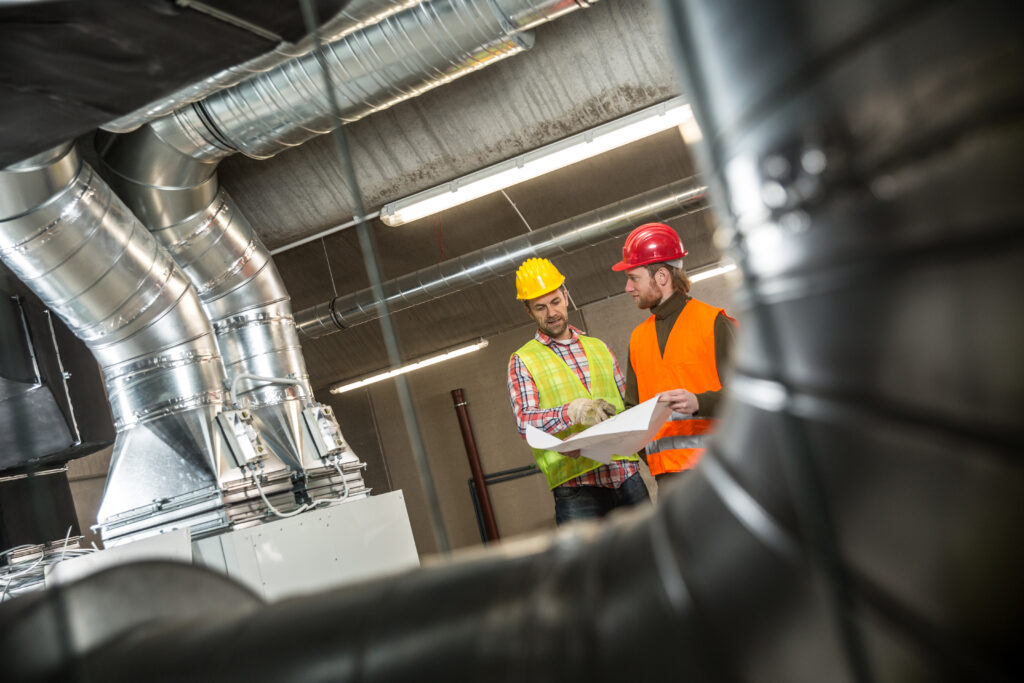HVAC HYGIENE AUDITS
HVAC systems and components need to be inspected for hygiene levels throughout the lifecycle of their lifecycle – this includes during installation, commissioning, after contamination events (flood or fire) and as a part of scheduled maintenance.
We work closely with clients to determine their specific HVAC hygiene reporting needs, so every project scope differs. Some of the everyday things that Air Restore works on during HVAC hygiene audits and inspections include:
- Visual inspection of HVAC system components – Ensure there is no need for repair. Typical damage includes worn bearings, broken belts, rust and corrosion, dampers, leaks to coils and ductwork, damaged insulation and limited access panels.
- Air filter inspections – To determine if installed filters match the classification specified in your building operation and maintenance documentation. We’ll also check that a filter maintenance schedule exists and that filters are in good working order. I.e. not overloaded, filter frames, seals and housing are not allowing air bypass.
- Dust and general debris cleaning– We’ll clean any HVAC system components that have accumulated excess dust and biofilm and document the process with before and after photos. We’ll also make recommendations for controlling the source of contamination. In addition, we pay close attention to areas like outdoor air intakes and exhaust discharges as these are often the source of bio-contaminants such as pests and moisture.
- Mould inspection and cleaning – These HVAC components are often the sources of excess moisture, which is one of the common reasons moulds and fungi contaminate your indoor air. Therefore, we pay particular attention to your HVAC system’s coils, pans, sumps, drains and other porous surfaces.
- Fire and smoke damage inspections – HVAC components can sometimes be damaged by fire, or if components are exhausting air from kitchens or lab environments, they can be exposed to lots of heat and smoke. Therefore, fire and smoke dampers and all electrical duct-mounted heaters should be in good working order to ensure compliance with AS 1851.
- Odour inspections – Odour issues can be difficult to assess objectively, as everyone has a different sensitivity to odours. We often find that they are one of the critical triggers for building occupants to request an HVAC hygiene audit. We can check your HVAC system for objectionable odours, and if cleaning isn’t sufficient to remedy the issue, we are happy to offer recommendations for long-term odour-reduction strategies.

